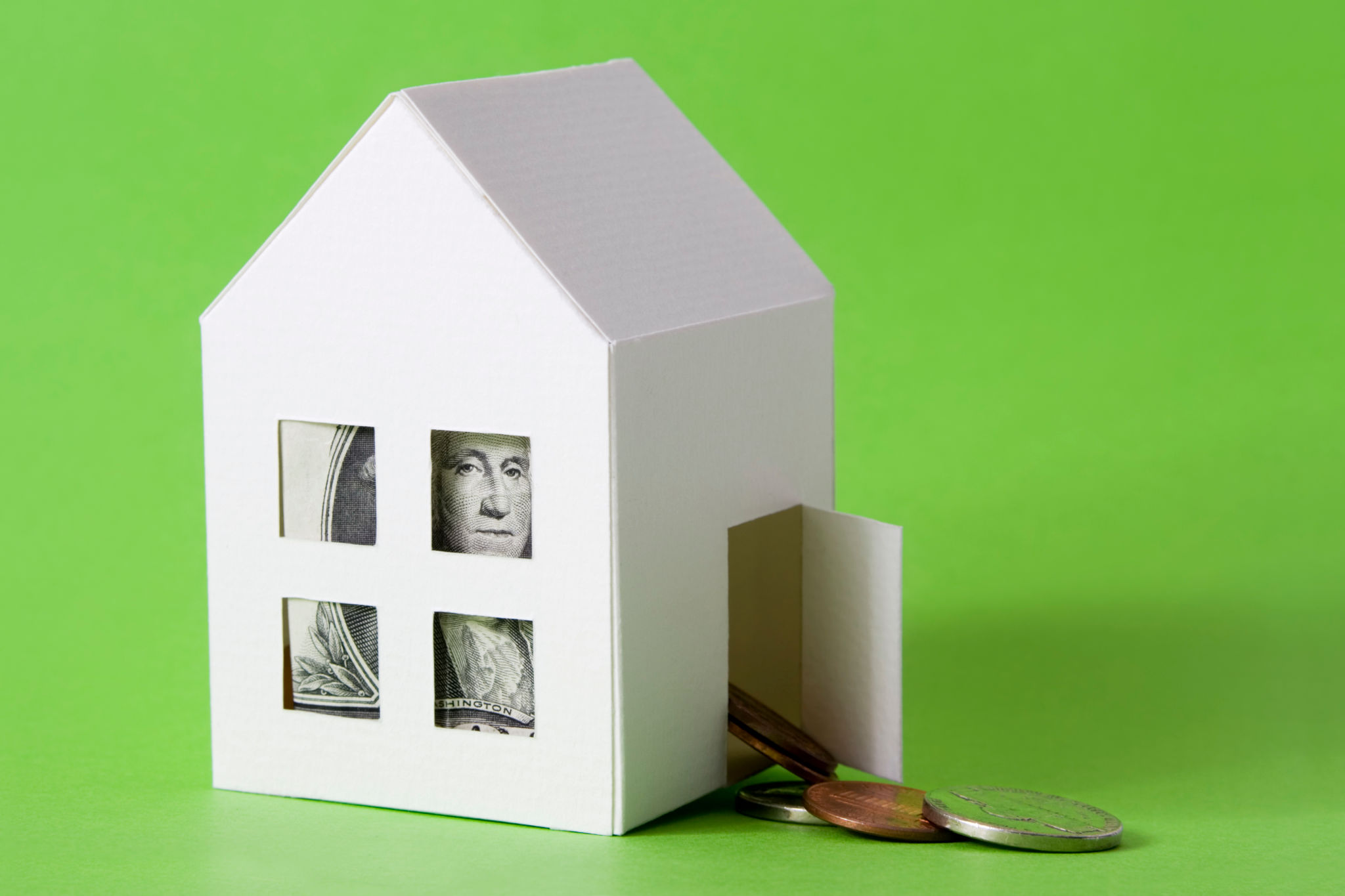The Future of Eco-Friendly Prefabricated Houses
The Rise of Eco-Friendly Prefabricated Houses
The concept of eco-friendly prefabricated houses has gained significant traction in recent years. With the growing awareness of environmental issues and the need for sustainable living solutions, these innovative homes are becoming a preferred choice for many. Prefabricated houses, also known as prefab homes, are built off-site and then assembled on location, reducing waste and minimizing the environmental impact.
One of the primary advantages of eco-friendly prefabricated houses is their reduced carbon footprint. Traditional home construction often involves significant waste and energy consumption. In contrast, prefab homes are designed to be efficient and sustainable from the ground up. This approach not only conserves resources but also reduces the overall environmental impact.

Innovative Design and Technology
Eco-friendly prefabricated houses are at the forefront of design and technology. These homes incorporate cutting-edge materials and construction methods that enhance energy efficiency. From solar panels to advanced insulation systems, these features ensure that prefab homes maintain a comfortable living environment while minimizing energy consumption.
Moreover, many prefab homes are equipped with smart home technologies that allow homeowners to monitor and control energy usage remotely. This integration of technology not only provides convenience but also promotes a more sustainable lifestyle. As technology continues to advance, the potential for further innovation in prefab home design is limitless.
Cost-Effective and Time-Efficient
Another compelling aspect of eco-friendly prefabricated houses is their cost-effectiveness. The streamlined construction process of prefab homes often results in lower costs compared to traditional building methods. By reducing labor expenses and material waste, homeowners can achieve significant savings without compromising on quality.

In addition to being cost-effective, prefab homes are also time-efficient. The off-site construction process allows for faster completion times, meaning homeowners can move into their new homes sooner. This efficiency is particularly advantageous in areas where housing demand is high, providing a quick and sustainable solution to housing shortages.
Sustainable Living for the Future
The future of eco-friendly prefabricated houses is promising, as they offer a viable solution to many pressing environmental challenges. With the right policies and incentives in place, these homes have the potential to revolutionize the housing industry by making sustainable living accessible to a broader audience.
As more people become aware of the benefits of eco-friendly living, the demand for prefabricated homes is expected to grow. The combination of reduced environmental impact, cost savings, and innovative design makes them an attractive option for environmentally conscious individuals seeking to reduce their carbon footprint.

Challenges and Opportunities
Despite their numerous advantages, eco-friendly prefabricated houses face certain challenges. One key obstacle is the perception that prefab homes lack the customization options available in traditional construction. However, advancements in design are gradually changing this perception, offering more personalized options for homeowners.
Additionally, regulatory barriers can pose challenges to the widespread adoption of prefabricated homes. However, as governments recognize the environmental benefits and push for sustainable housing solutions, these barriers are likely to diminish over time. With continued innovation and support, eco-friendly prefab homes can play a crucial role in shaping a more sustainable future.
